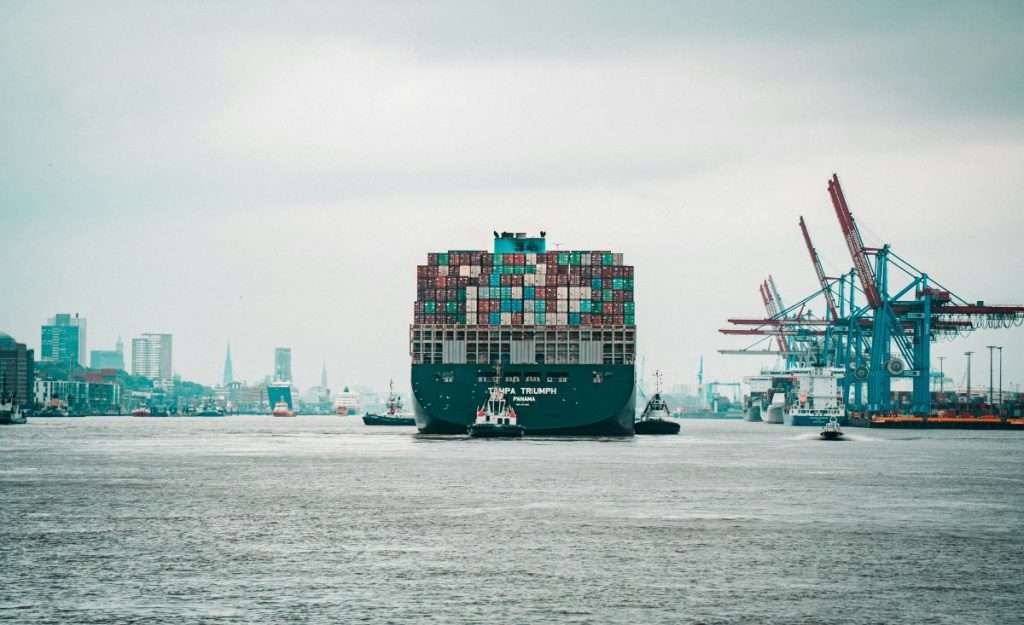With freight markets constantly fluctuating, strategic carrier partnerships are the key to long-term supply chain resilience. Here’s how shippers can leverage data, technology, and market expertise to stay ahead of the curve.
Navigating the Freight Market Flip
The current soft freight market, characterized by excess capacity and low rates, may tempt shippers to focus on short-term cost savings. However, signs of a tightening freight market indicate the need for a different approach. As inventories normalize and potential interest rate cuts could spur economic activity, shippers may soon face increased freight demand, reduced carrier competition, and higher costs. To prepare for these shifts, shippers must invest in strategic carrier partnerships, ensuring cost-effective management and high service quality.
Crafting Strategic Carrier Partnerships: A Tailored Approach
Identifying the right carriers for your network and strengthening these strategic relationships can help navigate future market shifts and challenges. However, the criteria for a strategic partner may vary based on your specific needs. Key considerations include alignment with network needs, a focus on performance metrics and continuous improvement, and transparent risk identification and contingency planning.
Alignment with Network Needs
Rather than relying solely on brokers, consider partnering directly with asset-based carriers that fit within your existing logistics network. This approach allows for strategic decision-making in selecting carriers that meet your specific operational needs.
Performance Metrics and Continuous Improvement
Establish clear key performance indicators (KPIs) based on what matters most to your business. Benchmarking your carriers against these metrics can identify areas for improvement, recognize top-performing partners, and ensure carriers are contributing positively to your supply chain efficiency.
Risk Identification and Contingency Planning
Effective contingency planning can help you remain agile when disruption strikes. Mutual collaboration with carriers empowers you to develop robust contingency plans that make both parties more resilient.
With a potential market shift looming, agility must remain a top priority. Investing in strategic carrier partnerships now will yield long-term benefits when the market tightens. Strong, well-maintained carrier and technology partnerships will position you to secure the resources you need to navigate future challenges, no matter what the freight market throws your way.





